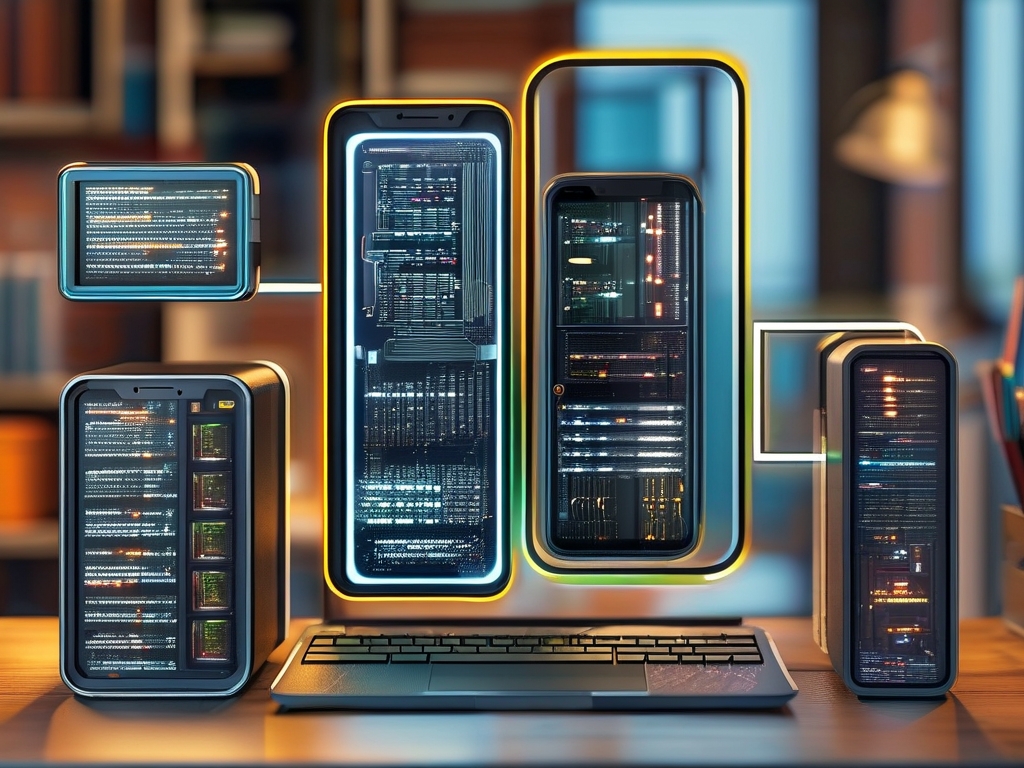Embedded IoT development is a rapidly growing field that combines hardware engineering, software programming, and network connectivity to create smart, interconnected devices. As the Internet of Things (IoT) continues to revolutionize industries—from healthcare to agriculture—learning embedded IoT development has become a valuable skill for engineers and developers. This article explores the foundational concepts, essential tools, and practical steps to master embedded IoT development, empowering readers to build innovative solutions for a connected world.

Understanding Embedded Systems and IoT
At its core, embedded systems involve designing specialized computing devices that perform dedicated functions within larger systems. These systems are optimized for efficiency, reliability, and real-time operations. When embedded systems are integrated with IoT capabilities, they gain the ability to collect data, communicate over networks (e.g., Wi-Fi, Bluetooth, or LoRaWAN), and interact with cloud platforms. Examples include smart thermostats, wearable health monitors, and industrial automation controllers.
To excel in embedded IoT development, learners must grasp two key domains:
- Hardware Fundamentals: Knowledge of microcontrollers (e.g., ESP32, Arduino, Raspberry Pi), sensors (e.g., temperature, motion), and communication protocols (e.g., I2C, SPI, UART).
- Software Development: Proficiency in programming languages like C/C++ and Python, real-time operating systems (RTOS), and IoT frameworks (e.g., FreeRTOS, Zephyr).
Key Skills for Embedded IoT Developers
-
Circuit Design and Prototyping:
Beginners should start with basic electronics, learning to read schematics and build simple circuits. Tools like KiCad or Fritzing help design printed circuit boards (PCBs), while platforms like Arduino simplify prototyping. -
Low-Level Programming:
Embedded systems often require direct hardware manipulation. Learning to write efficient C/C++ code for microcontrollers—such as configuring GPIO pins or managing interrupts—is critical. -
Wireless Communication:
IoT devices rely on wireless protocols to transmit data. Developers must understand the strengths and limitations of technologies like Wi-Fi, Bluetooth Low Energy (BLE), Zigbee, and cellular networks (NB-IoT, LTE-M). -
Cloud Integration:
Connecting devices to the cloud enables data storage, analysis, and remote control. Familiarity with platforms like AWS IoT Core, Microsoft Azure IoT, or Google Cloud IoT is essential. -
Security Practices:
IoT devices are vulnerable to cyberattacks. Developers must implement encryption, secure boot mechanisms, and over-the-air (OTA) updates to protect systems.
Learning Resources and Tools
-
Online Courses:
Platforms like Coursera and Udemy offer courses such as "Embedded Systems Essentials" or "IoT Specialization." Universities like MIT also provide free course materials on embedded systems. -
Development Kits:
Starter kits like the ESP32 DevKit or STM32 Nucleo boards provide hands-on experience. These kits often include sensors, actuators, and documentation for building projects. -
Open-Source Communities:
Communities like Hackster.io and GitHub host countless IoT projects. Contributing to open-source firmware or libraries (e.g., TensorFlow Lite for Microcontrollers) accelerates learning. -
Simulation Tools:
Tools like Proteus or MATLAB Simulink allow developers to test circuits and algorithms before deploying them on physical hardware.
Building Real-World Projects
Practical experience is vital. Here are three project ideas for skill development:
-
Smart Home Automation:
Create a system that controls lights and appliances via a smartphone app, using an ESP32 microcontroller and MQTT protocol for cloud communication. -
Environmental Monitoring:
Develop a battery-powered device that measures air quality (CO2, PM2.5) and sends data to a dashboard using LoRaWAN and The Things Network. -
Predictive Maintenance for Machinery:
Use vibration sensors and machine learning algorithms on a Raspberry Pi to predict equipment failures in industrial settings.
Challenges and Solutions
Embedded IoT development presents unique challenges:
- Power Consumption: Optimize code and use low-power modes to extend battery life.
- Interoperability: Adopt standardized protocols like Matter to ensure devices work across ecosystems.
- Scalability: Design modular systems that can handle increasing numbers of connected devices.
Future Trends
The field is evolving with advancements in edge AI (running machine learning on devices), 5G connectivity, and energy-harvesting technologies. Developers who stay updated with these trends will lead the next wave of IoT innovation.
Learning embedded IoT development requires dedication, but the rewards are immense. By mastering hardware-software integration, wireless communication, and cloud technologies, developers can create impactful solutions that bridge the physical and digital worlds. Start with small projects, leverage community resources, and continuously experiment to stay ahead in this dynamic field.









